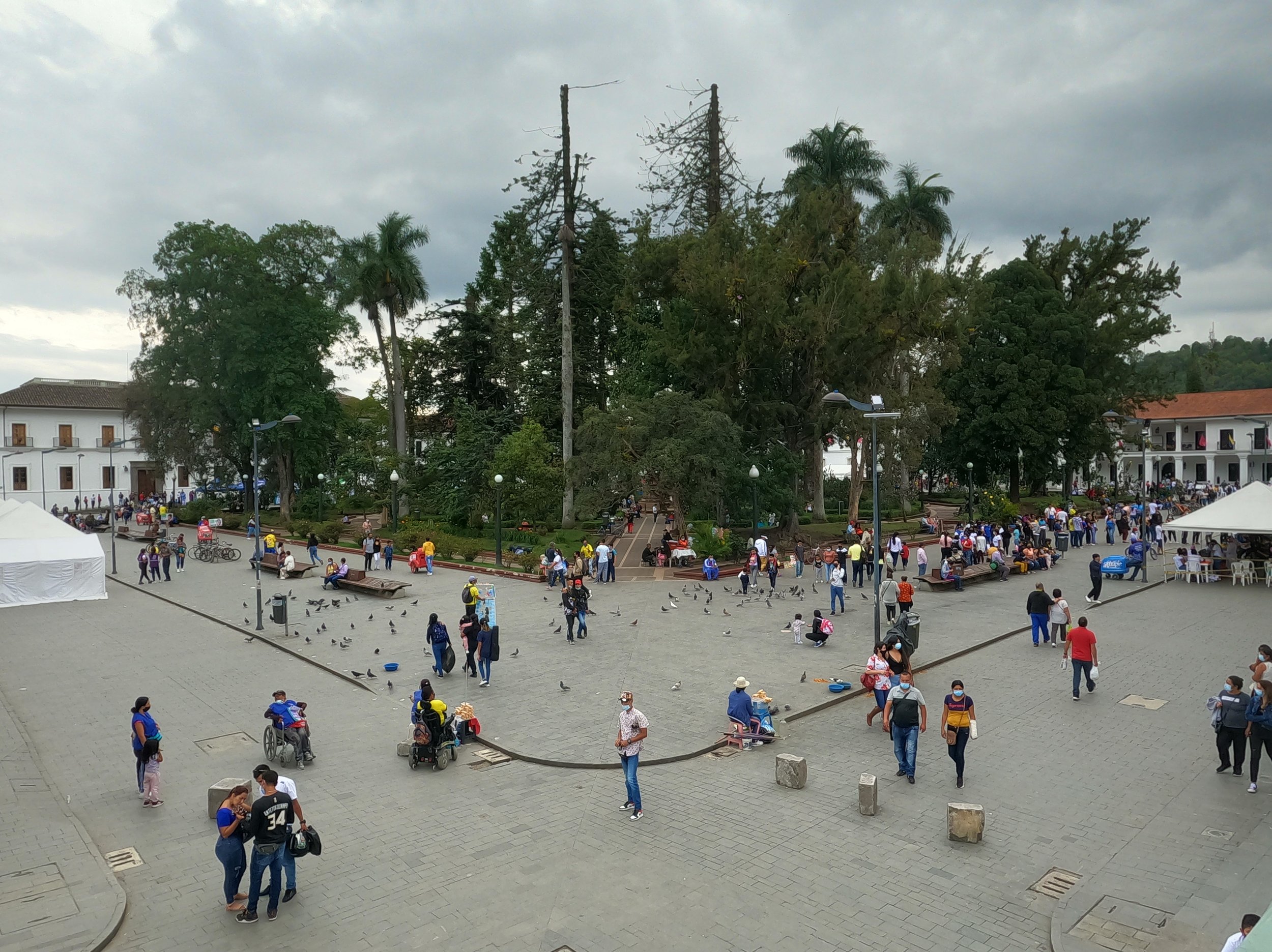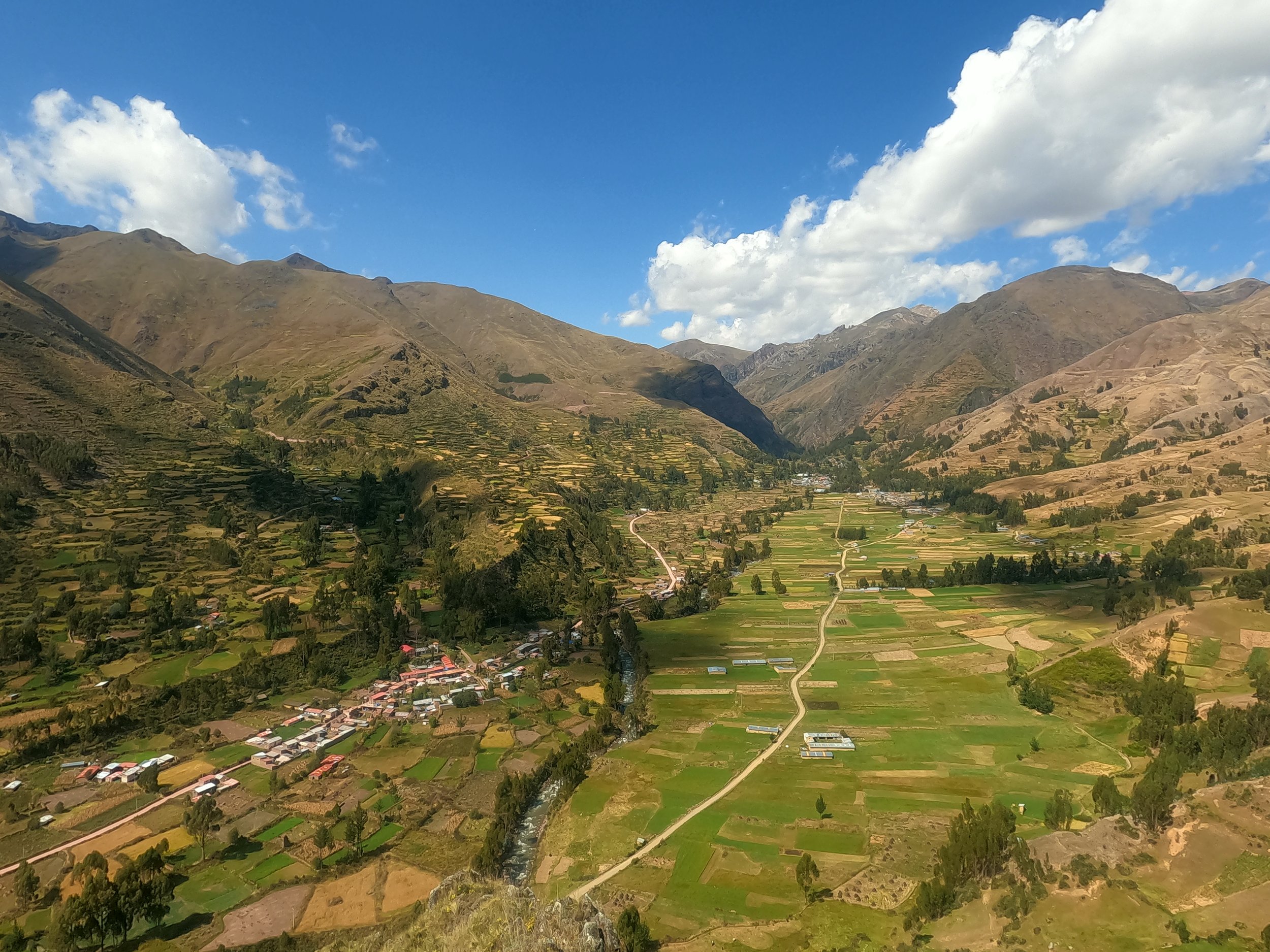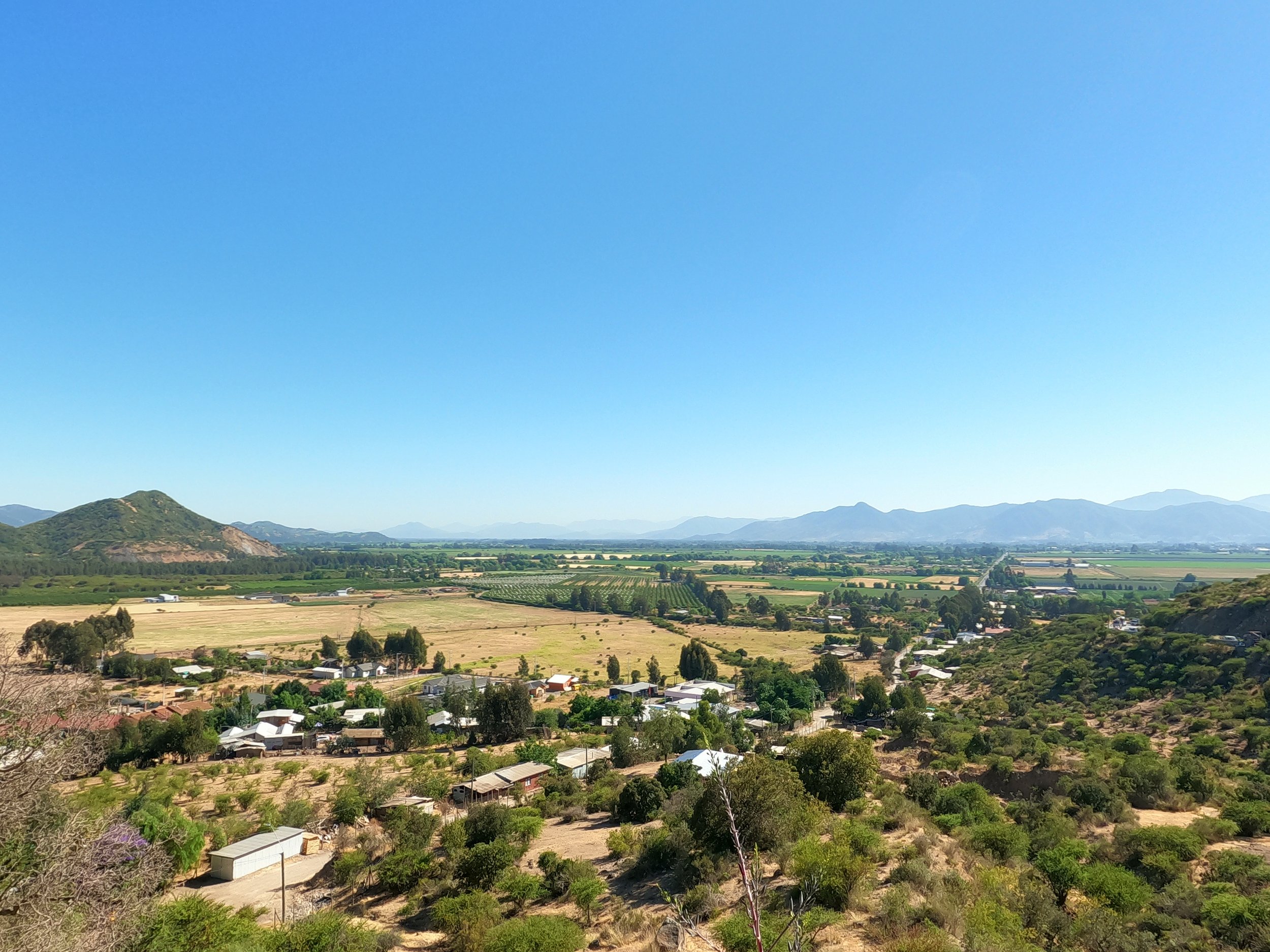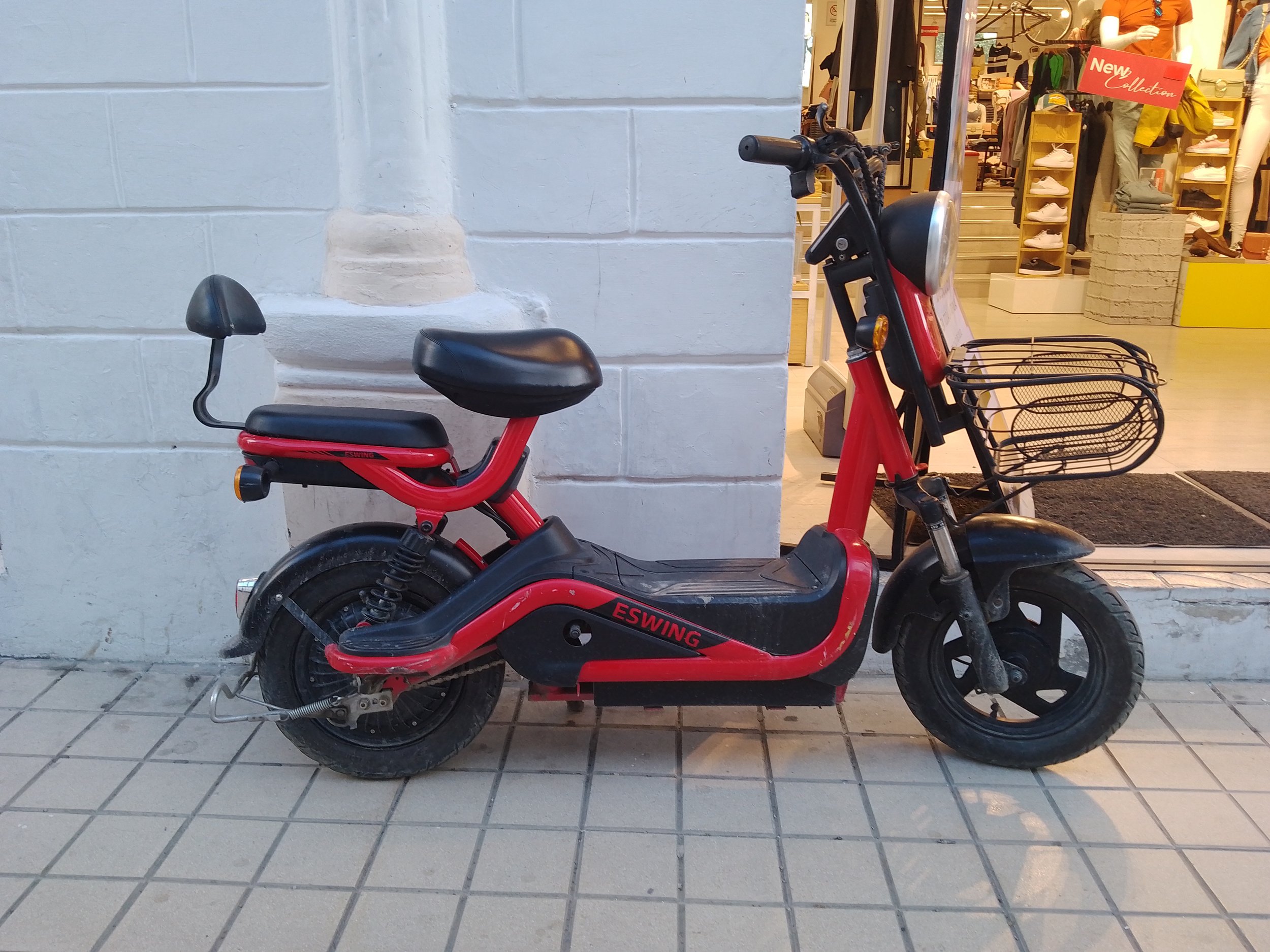Wrap Up: Urban Planning
This is the final blog post for my South American bike trip. I’ll summarize the ideas about urban planning (my profession) that I mixed into the previous posts. And at the end, I’ll share some concluding thoughts, and news about what’s next for me!
Transport and Urbanism
The large cities have pioneered the concept of Bus Rapid Transit (BRT). These are buses in separate infrastructure (lanes and stations) that run like a metro (frequently with limited stops).
While BRT is an excellent way to build high-capacity transit quickly, rail systems are also used, and more are being built.
The urban aerial tram is uniquely a part of these networks. A cable system can be built with just plots of land, rather than with street space, tunnels, or elevated viaducts.
Every Sunday, many cities allow people to use a major roadway for biking, walking, skating, and vending.
The most common type of bikeway is a bi-directional lane on one side of the street, usually with some physical barriers. These are well used, but at times are shared with vendors and parked vehicles (the other lanes of the road are also “flexible” like this!).
Municipalities have built very creative public space projects. They fit in a workout station near a bus stop, fix and paint the stairs, or design a plaza with a sculpture. These give a neighborhood a feeling of care, dignity, and identity.
Bus stops are an example of this public investment culture. At many rural stops, a roof and bench are provided. And the bus service that reaches even the smallest communities is surprisingly frequent and useful.
A square park is the center of public life in towns and cities. At all hours of the day, it is a place to watch people enjoying themselves and going about their daily routine.
Agricultural areas and nature are mostly preserved due to compact and contiguous towns and cities. This is sometimes due to mountains and other geography, but it also seems like people just want to live in the town because there are services there. There are exceptions to this: new subdivisions, sprawl outside of megacities, and country mansions. But the new development is still close to the main highway with bus service, and has useful stores to shop at.
Let’s finish by watching for a few minutes a typical urban intersection. This is something I found myself doing a lot. Most of the transportation planning that I described above is hard infrastructure - the things that are built. But transportation behavior was something that I paid attention to just as much. (Of course, the behavior is very influenced by the built infrastructure.)
Take a look, and I’ll share my thoughts below.
Motorcycles, pedestrians, cars, bicycles, and trucks are all crossing through this downtown intersection. It has no signal or stop sign for any direction.
Thus, everyone slows down and may even stop. But not because of any signs, there are other cues that they are entering a yielding zone.
There’s a moment where someone decides they are going to cross, and they go for it with determination. Of course, if the conditions change suddenly (like a pedestrian steps out or a moto swerves), they can change their plans quickly.
A series of eye contacts, head turns, and small movements help everyone communicate what time they plan to cross, and who they are yielding to. Someone can still be moving towards you, but making eye contact, so you know you can go first.
The marked crosswalks are back a bit from the corner. It makes more sense to cross at any point where there is a gap in vehicles, and pedestrians do. But the crosswalk serves as a good cue to the drivers.
Almost every user is bending or breaking a traffic rule, but aren’t doing so recklessly. Crashes surely happen, but at these speeds, it is probably rare to have fatalities.
It is very uncommon to encounter anybody getting angry in these interactions.
This fluid approach to traffic behavior is mostly repeated in locations with more lanes, traffic signals, turn lanes, roundabouts, and bikeways. I did see examples where it wasn’t working as well, especially for elderly pedestrians. But since the drivers had to be so aware of others to negotiate with, they eventually saw these pedestrians as well.
Final Odds and Ends
I saw people using appropriate sized vehicles for the purpose of their travel. For example, the pickup trucks in Patagonia weren’t huge, yet were used for heavy duty farm tasks. And these little electric scooters seemed so useful for blending the best of motorcycles and bikes.
Most places I traveled through were “15 minute neighborhoods,” meaning that one can reach most shopping needs, social life, friends, and transit in a walk. This includes big box shopping and supermarkets. These work well in the neighborhoods because they don’t have parking lots.
Peter is… Planning Again!
So, I’ve made a lot of observations during my time in South America. The purpose of gathering these examples was to use them in my future career. When I’m working on a project, I want to recall something I saw to help inspire the design. And I will do that! But I’m left with the feeling that a lot of what works well in South America isn’t under consideration for North American cities. To truly have communities like this, the economics of personal automobiles will need to change. Furthermore, the cultural norms about consumption, big homes and yards, opposition to density, and shaming of transit riders would need to be less prevalent. I feel this change is unlikely to happen. But my home country has been the progenitor of car-centric life, so I will try to share what I learned in service of lessening it. I will return to planning for a U.S. city.
I’ve recently accepted a job as a transportation planner for the city of Minneapolis, Minnesota. Starting tomorrow, I will join a team helping implement a collection of infrastructure projects. This city lies on the 45th parallel, about as far north as I biked south. As you can see below, I’ve traded my bike tour luggage for some studded snow tires, and bundled up to keep riding all winter long.







































